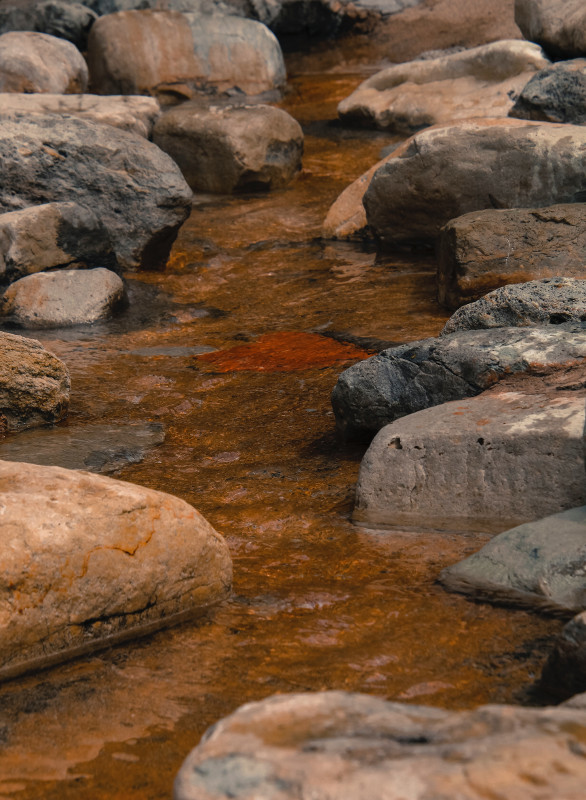-
The Clean Water Act’s (CWA) Section 301(m)(2) reads: “The effluent limitations established under a permit issued under paragraph (1) shall be sufficient to implement the applicable State water quality standards, to assure the protection of public water supplies and protection and propagation of a balanced, indigenous population of shellfish, fish, fauna, wildlife, and other aquatic organisms, and to allow recreational activities in and on the water. In setting such limitations, the Administrator shall take into account any seasonal variations and the need for an adequate margin of safety, considering the lack of essential knowledge concerning the relationship between effluent limitations and water quality and the lack of essential knowledge of the effects of discharges on beneficial uses of the receiving waters.
-
Environmental Issues Involving Water Quality Data
Categories: Estimated reading time: 2 minutes
When a permitting, compliance, or litigation case involves geochemistry (water, sediments, soils, rocks) using the appropriate statistical analyses of available data-–and communicating the results to non-technical decision-makers or finders of fact clearly and effectively-–are critical. This is particularly true when a client can be penalized by a regulatory agency or sued by an environmental NGO for violating the Clean Water Act (CWA) by exceeding the arbitrary maximum concentration limit for the chemical. -
Dredging sands and gravels from river beds and scalping annual sediment deposits from bars are too often considered environmentally harmful to aquatic life and water quality by environmental policy makers, regulators, and the public. One reason for this belief is that natural ecosystems are very complex and highly variable. Adding to this complexity and variability altered weather patterns (precipitation and the entire hydrologic cycle) contribute to changed behaviors by fish within each river system.
-
Chemical standards are appropriate for human drinking water sources, but generally not for non-potable waters supporting fish and wildlife. This is because water chemistry is highly variable, measurements are isolated in time and space, and point measures are difficult to interpret as suitable for fish and wildlife. Biological-based standards of water quality are more appropriate because the presence of aquatic organisms reflect water quality integrated over time and space. Download the PDF.
-
Operational and regulatory decisions depend on insights and knowledge gained from analyses of data collected in compliance with water quality permit conditions. These data need to be set in their spatial and temporal contexts and associated with aquatic biota, beneficial uses of the waters after leaving the project boundaries, and the geomorphic settings through which they flow. This report on the relationships of total dissolved solids (TDS) with selected minerals from a sample of streams on both sides of the Independence Mountains is the first aspect to be analyzed and reported.
-
Water Quality Standards: Designated Uses
Categories: Estimated reading time: 3 minutes
The EPA requires states to protect designated beneficial uses of water such as municipal water supplies; protection of fish, shellfish, and wildlife; and recreational, agricultural, industrial, and navigational purposes. States are required to examine the suitability of a water body for designated uses based on physical, chemical, and biological characteristics as well as its geographical setting, scenic qualities, and economic considerations. EPA’s highest designated use is “fishable/swimmable”. All designated uses are to be assessed to determine whether they do, or can, attain suitable quality.

